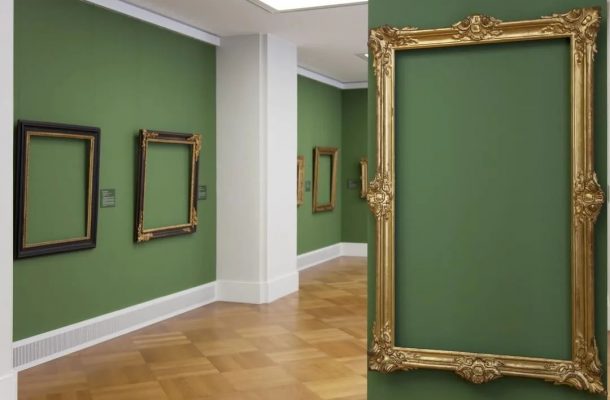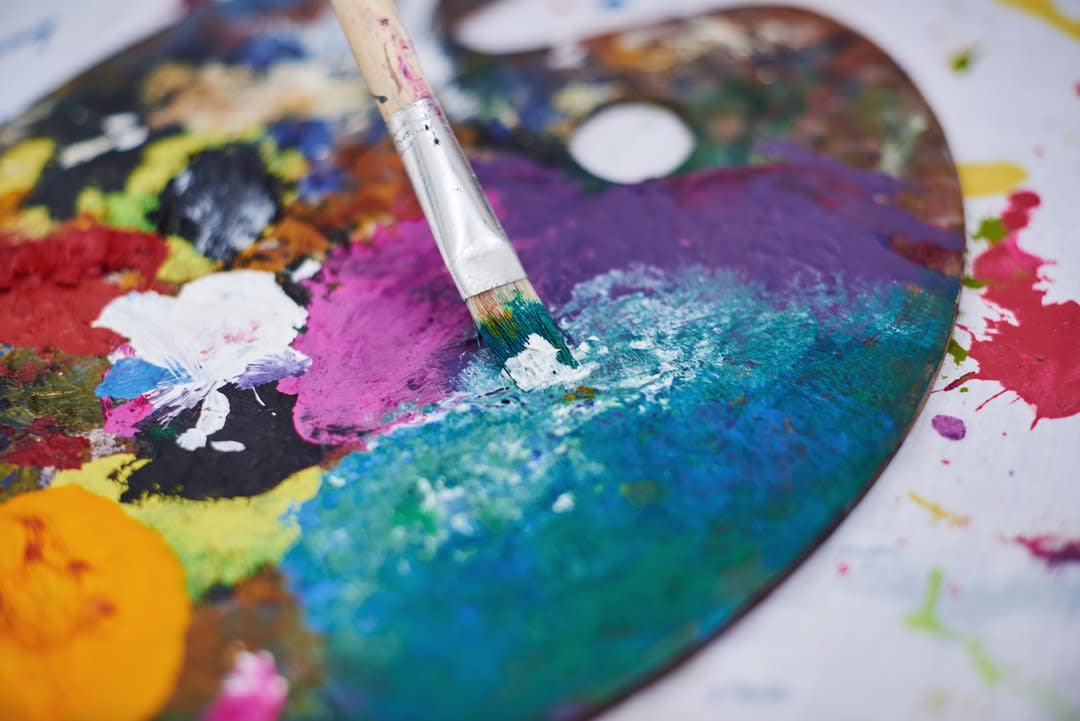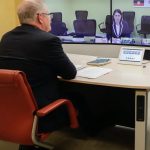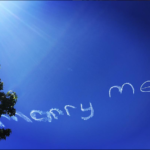Arts funding matters more than ever

Artists, arts workers, and art museums and galleries in Australia are some of the most severely impacted in the current COVID-19 crisis. While our arts sector is known for its vibrancy, its ecology is fragile at the best of times. It doesn’t receive the level of government funding that the arts do in many Western countries, or the level of philanthropic support.
The model is somewhere between public and private, and the sector survives on support pieced together from many different sources – institutional support, government grants, donations, sponsorship, earned income and ticket sales, along with a lot of good will and volunteerism.
Like the tertiary education sector, the arts sector has been undervalued by the federal government for quite some time; funding has not kept up with costs, and many organisations have lost their funding, which has made the sector more exposed in the current shutdown, with no “fat on the bone” or safety net to draw upon.
There are two lingering assertions about the visual arts that I’d like to offer an alternative view on.
That visual arts is elitist
If anything, this shutdown has demonstrated how art and its audiences and participants are intricately connected to each other. So much of what the art sector and artists do is bring people together around the pivot of art.

The COVID-19 shutdown has led to the cancellation or postponement of hundreds of thousands of hours of exhibitions, events, shows, workshops, performances and educational programs – planned, and made especially to be shared. It’s what is produced in the encounter of art and people that needs to be nurtured and valued, and it’s what we’re currently missing out on most of all.
That art is ‘non-essential’ or a luxury
Actually, we need art and all the creative practices that assist us to make sense, or non-sense, of the world now more than ever!
It’s the arts that reflect on how we feel, as well as challenge us to think differently. It’s the arts that ensure we remember our histories, and allow us the space to speculate on the future.
It’s the arts that allow us to enjoy beauty as well as to channel disagreement and frustration, or air divergent views, together in the same room (whether that be the virtual or physical room!).
We yearn for creative experiences, especially in times when so much else is limited to us. It would be great and a positive outcome from this time if we could get more solidly behind supporting the arts, through being more aware of what it might be to live without them.
It’s possible to make the economic case for supporting the arts – which the arts sector has been doing vigorously to government since many of its relief programs were announced, and it quickly became clear that they didn’t flow through to artists and many arts organisations.
For many of us, this time has enabled us to turn our attention to virtual and online experiences, and I imagine these forms of engagement will continue as another route of access to exhibitions, art education, disseminating collections and associated programming.
The Victorian creative industries are estimated to be worth $31 billion, and employ 260,000 people, which is equivalent to 8 per cent of the state’s workforce. While obviously one of many sectors severely affected, the arts remains one of the worst-hit industries in Australia. The Grattan Institute predicts that 75 per cent of workers in the arts and creative industries will lose some or all work, with 70 per cent of arts businesses affected.
The initial fallout for artists was the personal investment they had made in shows, exhibitions, talks, workshops and so on that were cancelled, and potentially the payments that they would have anticipated to receive along with the payments to all others associated with making exhibitions and events public.
But it soon became evident that the arts were more exposed than many other sectors, because of the nature of their employment; many artists and arts workers are not eligible for the JobKeeper payment.
Theoretically, artists can access JobSeeker, but that puts them in a more disadvantaged and vulnerable position than many other sector workers. There’s an issue here of equality, and I would argue also of appreciated value and respect. To make matters worse, many artists and arts workers supplement their income with additional sessional teaching at universities or through working in hospitality – two other seriously affected areas of employment.
The Australia Council (the federal government arts funding body) has created a response package of $5 million. It responded quickly and directly, and that’s to be commended, but in order to redirect this money it’s had to suspend many forthcoming funding programs, in effect pre-empting a reduction of resourcing that the sector will experience into next year and the year after.
More recently, the Victorian government has responded generously with its $16.8 million survival package that recognises that the art ecology is made up of a high proportion of small to medium-sized organisations as well as individual artists needing support. Yet there are those that are still left out, particularly local council arts organisations.
At the time of writing, the arts have not fared so well in all states.
While South Australia has released a $1.5 million support package for artists, Carriageworks in Sydney’s Eveleigh is a perfect example of what could happen to many in the sector. Its business model – the achievement of self-generated income by venue hires for major events such as Mercedes Fashion Week and the Sydney Contemporary art fair – is exemplary; these events, however, are now all postponed. Carriageworks is a key cross-artform cultural facility showing experimental, edgy work, and servicing a broad demographic in Sydney that has now gone into voluntary administration.
It’s not all bad news, and it’s important to recognise the resilience and adaptability of the arts sector at this time, too.

Within days of the shutdown, artists and galleries were moving content online, presenting virtual exhibition walkthroughs, Zoom lectures and artist studio visits, weekly themed radio broadcast performances, new podcasts, and curated Instagram posts, promoting virtual commission opportunities, among much more.
One of my favourites is the weekly posting of artists’ recipes by the Mori Art Museum in Tokyo. People’s posts of famous artworks that they’ve reenacted are also great fun.
The Biennale of Sydney, which had to close only days after its opening, has shared its multiple-venue exhibition on Google Arts and Culture, and has a weekly program of music, walks and talks. There are many great resources online for children and students of all ages.
At the Monash University Museum of Art (MUMA), we used the last open day of our exhibition to produce video resources for upper secondary school classes who would have visited us in the upcoming months.
Last week we launched Art You Can Wear, a T-shirt competition designed to be widely accessible that capitalises on the human scale and domesticity of life as it’s lived right now. It’s a public artwork that you can wear and take with you anywhere, and importantly keeps art close to your heart!
It’s hard to predict what the future holds for the arts sector. With international travel and logistics challenges, it’s likely that we will have a stronger local focus for the foreseeable future, and I think many organisations will consider reducing the scale of their programming.
For many of us, this time has enabled us to turn our attention to virtual and online experiences, and I imagine these forms of engagement will continue as another route of access to exhibitions, art education, disseminating collections and associated programming.
We may need to organise our exhibitions differently and bring more protocols into play in the galleries, but I hope we don’t lose the specificity of the physical encounter with art and ideas shared together for too long.
This article was published by Lens.
Charlotte is one of Australia’s leading art curators and public art gallery directors. Her practice is focused on commissioning new work, developing impactful art programming and building significant collections of contemporary art including public art.













